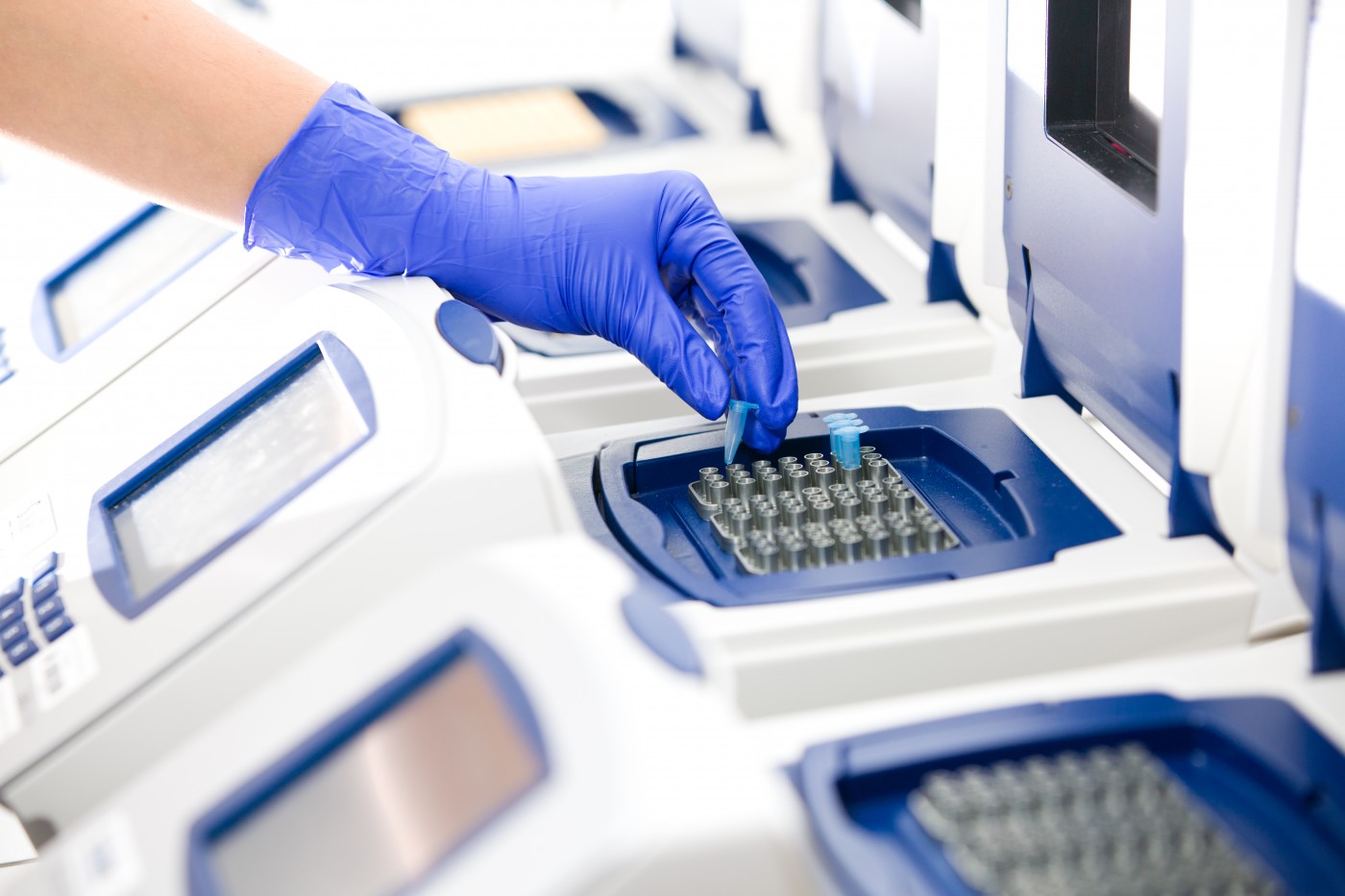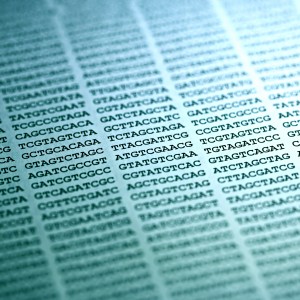SMA-Related Genes’ Copy Number Influences Disease Severity

 A team of Chinese researchers published their findings in the journal BMC Musculoskeletal Disorders where they show that the copy number of genes related to spinal muscular atrophy (SMA) differs between individuals and influences disease severity. The study is entitled “Molecular characterization and copy number of SMN1, SMN2 and NAIP in Chinese patients with spinal muscular atrophy and unrelated healthy controls.”
A team of Chinese researchers published their findings in the journal BMC Musculoskeletal Disorders where they show that the copy number of genes related to spinal muscular atrophy (SMA) differs between individuals and influences disease severity. The study is entitled “Molecular characterization and copy number of SMN1, SMN2 and NAIP in Chinese patients with spinal muscular atrophy and unrelated healthy controls.”
SMA is one of the most common autosomal recessive diseases. In the Chinese population the carrier frequency of the defective gene is around 1/42. The disease is a rare, devastating motor neuron disease, characterized by the degeneration of nerves controlling muscles and voluntary movement, resulting in muscle weakness, atrophy, paralysis and eventually death. SMA is the result of a mutation or deletion in a gene called survival of motor neuron 1 (SMN1), which causes insufficient production of the SMN protein and has no approved treatment.
Besides SMN1, there is also an SMN2 variant of the protein although it cannot compensate for SMN1 loss. The neuronal apoptosis inhibitory protein (NAIP) gene is also linked to SMA. As with SMN2, the copy number of NAIP has been reported to correlate with disease severity.
The aim of the study was to understand how gene copy number and structures of SMN1, SMN2 and NAIP influence SMA outcome. The gene copy number of SMN1 and SMN2 is known to vary in humans. Within the Chinese population, up to 4 copies have been found for each gene in both SMA patients and healthy individuals. Due to the high similarity between SMN1 and SMN2 genes, it is difficult to assess the correct number of copies of each one. A technique called multiple ligation-dependent probe amplification assay (MLPA) has been established to allow the discrimination between variants and to detect gene alterations in SMA-related genes.
Researchers evaluated 42 Chinese SMA patients and 212 healthy individuals for the copy number and gene structures of SMN1, SMN2 and NAIP with the MLPA assay. All SMA patients were found to have a deletion in the SMN1 exon 7 (exon is the part of the gene that is translated into proteins); from these, 88.1% had an additional deletion on exon 8 and the remaining 11.9% a single copy of exon 7.
[adrotate group=”3″]
In SMA patients, normal SMN2 copies were found in the following proportion: one copy in 4.8% patients, two copies in 33.3%, 3 copies in 57.1% and 4 copies in 4.8%. SMA patients without SMN2 copies were not discovered. As for the NAIP gene, no copies were found in 9.5% of SMA patients, one copy in 61.9% and two copies in 28.6%. In the healthy controls, 1.9% had one copy of the SMN1 gene, 95.7% had two copies, and 2.4% had three copies.
Regarding the SMN2 gene, no copies were found in 4.7% of the controls, one copy in 33.0%, two copies in 61.4% and 3 copies in 0.9%. For the NAIP gene, one copy was found in 7.1% of the controls and two copies in 92.9%. Interestingly, in the NAIP gene a deletion of exon 5 was found in 2.4% in healthy individuals and 23.8% in SMA patients, suggesting that deletion of exon 5 in NAIP may be involved in the molecular mechanism behind SMA development.
The team concluded that the copy numbers and gene structures of SMA-related genes differed between healthy controls and SMA patients, with SMA patients more prone to have increased SMN2 copies and fewer NAIP copies than healthy controls.







